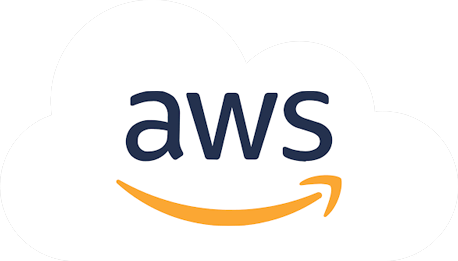A 'workflow minute' refers to the unit of time we use to measure and bill the execution time of a workflow, including the execution time of any jobs or steps nested within the workflow, on the CloudBees platform.
CloudBees Platform Pricing
Streamlined Pricing for Cloud Native DevSecOps
Revamp your software development and deployment for scalable growth.

Frequently asked questions
You've got questions. We've got answers.
If you still have any unanswered questions about our DevSecOps platform, please don't hesitate to contact us. We'll make sure to provide you with the assistance you need!
What is a workflow minute?
How are workflow minutes calculated?
Think of "workflow-minutes" as job-execution-minutes. When jobs execute in parallel (or serially), you are consuming minutes for each job.
Every workflow's execution time is measured from the start of its initial action to the end of its final action, on a per-second basis. For a month, we count these minutes for all workflows executed.
Can you provide a couple of example use cases for how workflow minutes are consumed?
Remember, we measure and charge for the time each job is executing. If both jobs take two minutes each, executing them in parallel takes 4 time-minutes and costs 4 workflow-minutes. Executing the jobs in parallel takes 2 time-minutes and costs 4 workflow-minutes. Or, say you have a 120-minute task and choose to run it as two parallel jobs of 60 minutes each. Both will consume their 60 minutes concurrently, resulting in a total of 120 minutes used in just one hour.
Here are a couple of worked-out examples:
Non-parallel workflow execution
We bill for workflows by the minute, and any fraction of a minute is rounded up to the next whole minute.
If you have a workflow that ran for 31 minutes and 42 seconds:
Convert the seconds to minutes: There are 60 seconds in a minute, so 42 seconds is equal to 42/60 = 0.7 minutes.
Add the converted seconds to the original minutes: 31 minutes + 0.7 minutes = 31.7 minutes.
We would bill this as 32 minutes, because we round up the 0.7 minutes of extra time to the nearest minute.Parallel workflow execution
If you have 1000 workflows, each with a duration of 60 seconds, and you run them all in parallel, the total consumption of workflow minutes would be calculated as follows:
Number of Jobs * Duration per Job (in minutes) = Total Workflow Minutes
1000 jobs * (60 seconds / 60 seconds) = 1000 workflow minutes
So, running 1000 jobs, each with a 60-second duration, in parallel would consume 1000 workflow minutes.
What can I run in parallel?
Workflows can run in parallel and within a workflow you can run jobs, which can also execute in parallel. The hierarchy is workflow, jobs, steps. Steps only run serially.
Do you charge extra for running things in parallel?
There is no "extra charge" for the privilege of running jobs in parallel–this is a feature of our platform. Running workflows in parallel may consume workflow minutes more quickly though, so you may see a charge for an amount of workflow minutes over your monthly plan depending on the workflow minutes allocation of the plan you’re subscribed to. See the answer to the question “How are workflow minutes calculated?” above.
What do you count for billing purposes?
We consider two key elements for billing purposes:
We count the number of unique users who are members of your organization. These are users who were invited to join your org and accepted the invitation. Any user who is a member of your org in a given month counts as a Monthly Active User (MAU) for billing purposes.
We count the number of workflow minutes consumed. Note: Workflow minutes can be consumed by users who are NOT unique users who are members of your organization on the CloudBees platform. See the answer to the next question “How are workflow minutes calculated?” above. You can also find more details in our product documentation in the pricing and billing section.
Why do you price per active user?
Pricing per-active-user allows us to provide you and your team members with access to all platform features along with support to assist with any needs or questions.
Are there any limitations to how I can use the Free plan?
All features are available for use on the Free plan, and any solution within the platform is available for you to use. We do limit some usage-based items: the number of users, the use of sub-orgs, log retention period, and the support we provide on the Free plan.
How do I sign up for a paid plan?
You can sign up for a paid plan two different ways:
Directly through our Platform: Simply sign in to the CloudBees platform, navigate to 'Org Settings' and then 'Subscriptions'. Here, you can seamlessly upgrade to a paid plan using your credit card.
On AWS Marketplace: you can access our listing for the CloudBees platform here.

